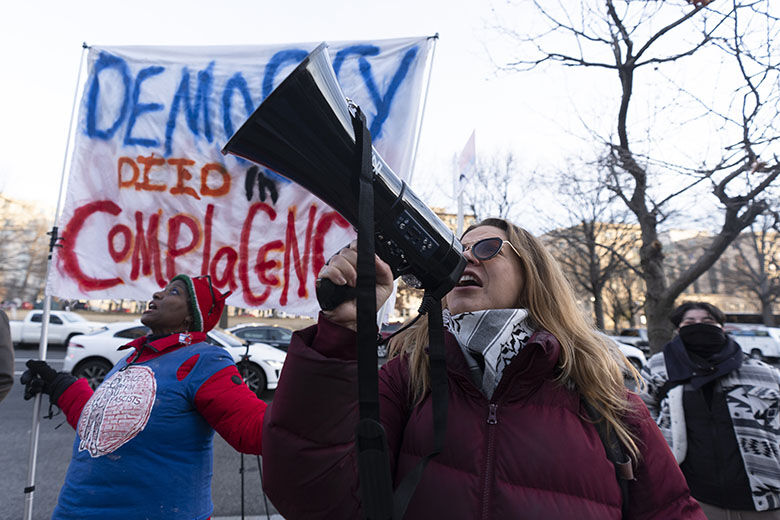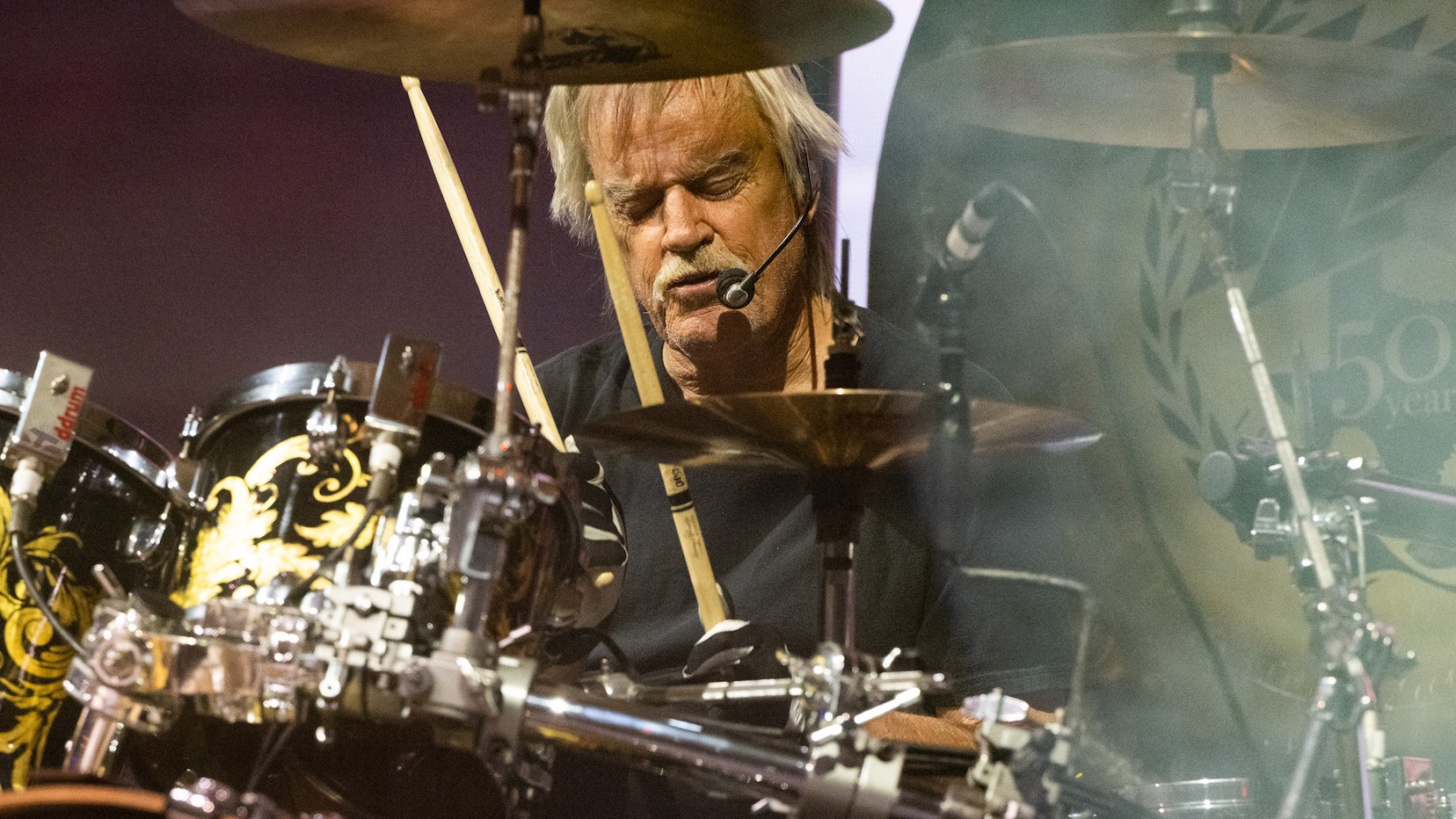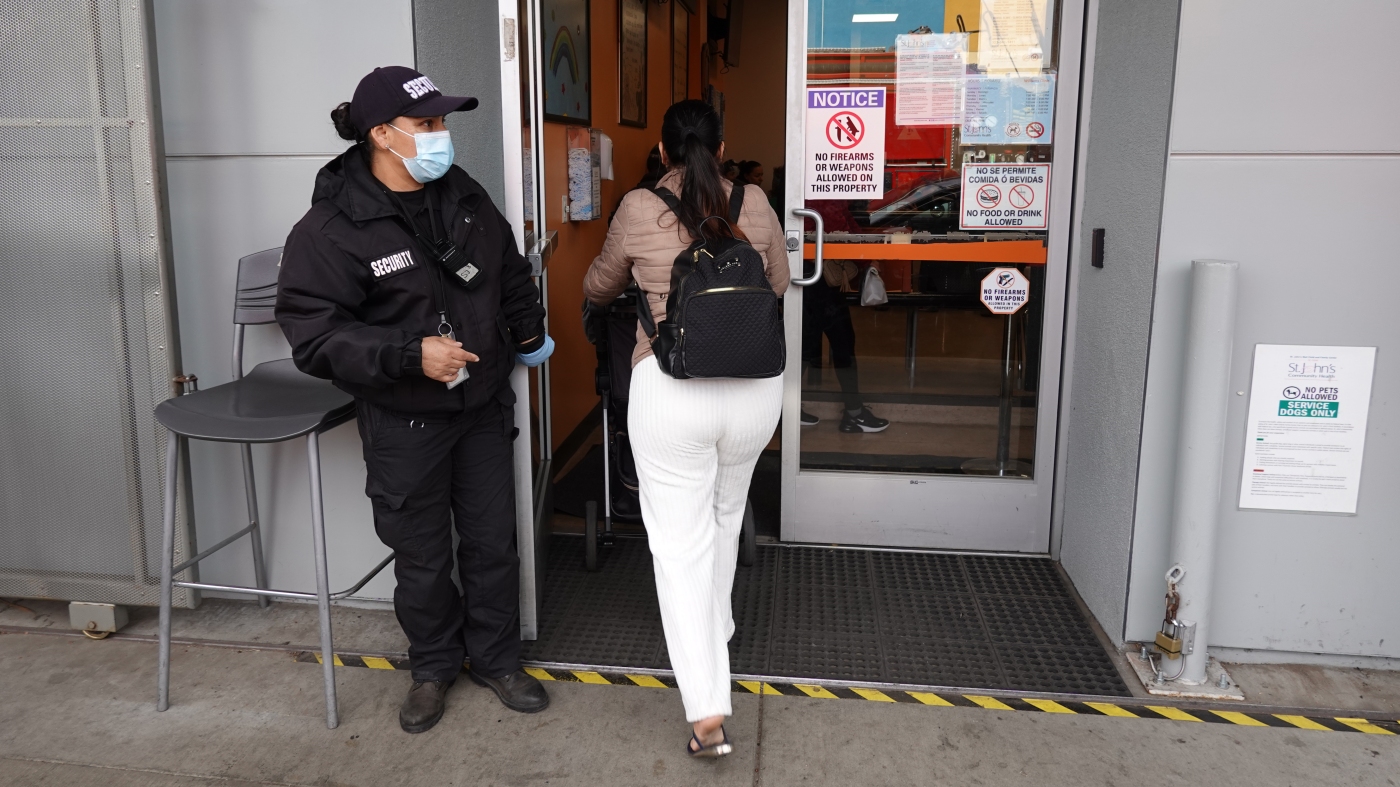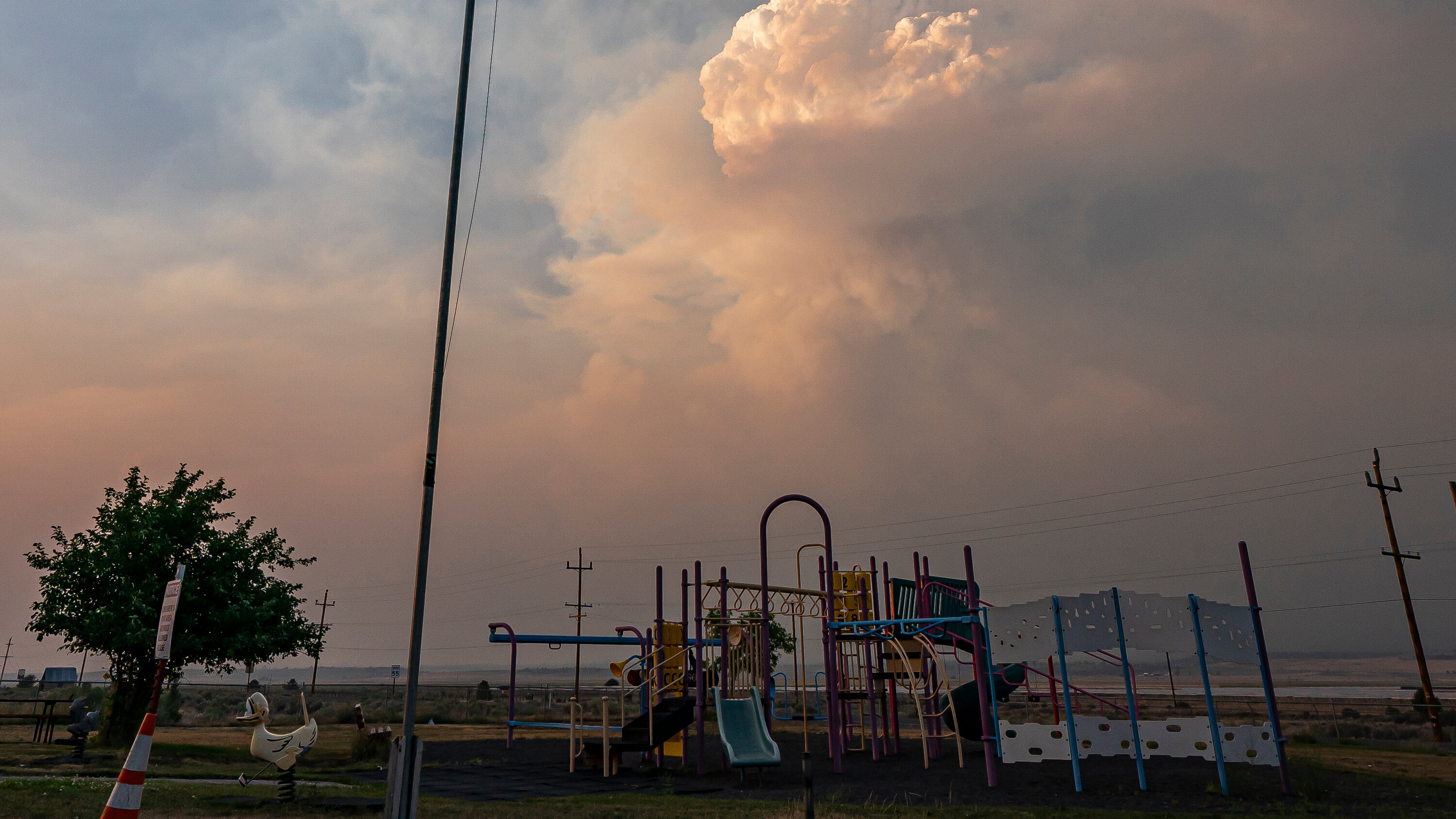Healing in Crisis: America's Vanishing Doctors Threaten Patient Care

Rural Communities Grapple with Critical Healthcare Challenges
The healthcare landscape in rural America is facing a growing crisis as doctor shortages continue to devastate local medical services. These underserved communities are experiencing a troubling domino effect, where limited access to healthcare professionals directly contributes to an alarming increase in chronic health conditions.
Small towns and remote regions are bearing the brunt of this medical workforce shortage, with fewer physicians willing to establish practices in areas with limited resources and infrastructure. The consequences are profound: residents must often travel long distances for basic medical care, delay essential treatments, or go without critical health screenings.
The shortage is not just a numbers game. It represents a significant public health challenge that disproportionately impacts vulnerable populations. Older adults, low-income families, and those with pre-existing health conditions are particularly at risk. Without consistent medical supervision, manageable health issues can rapidly escalate into serious, long-term chronic conditions.
Local and state governments are increasingly recognizing the urgent need for innovative solutions. Strategies such as telemedicine programs, financial incentives for rural medical practitioners, and expanded medical training opportunities are emerging as potential ways to address this critical healthcare gap.
As the rural healthcare crisis continues to unfold, the need for comprehensive, community-centered approaches has never been more apparent. The health of entire communities hangs in the balance, making this a critical issue demanding immediate and sustained attention.








